(2913 products available)

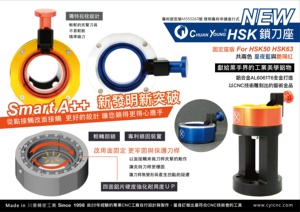
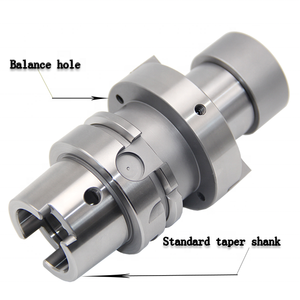
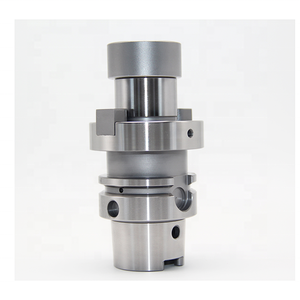
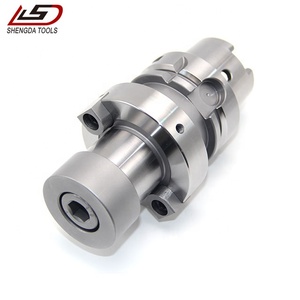



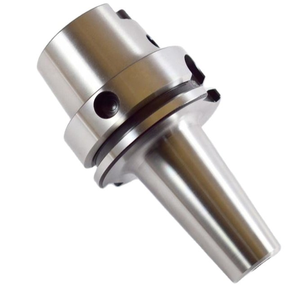

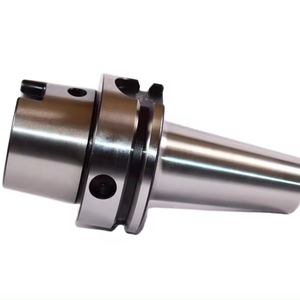
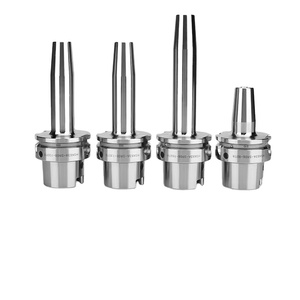


























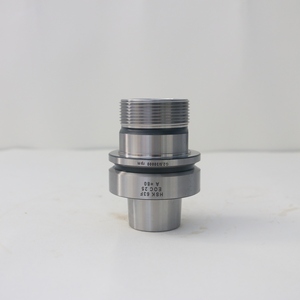








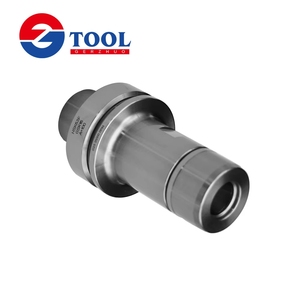














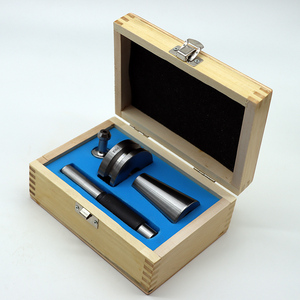

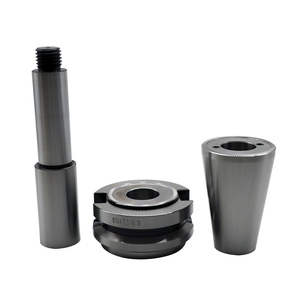






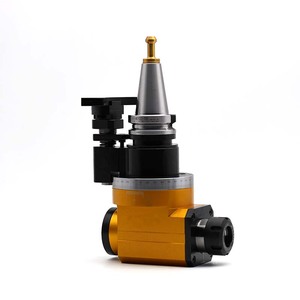





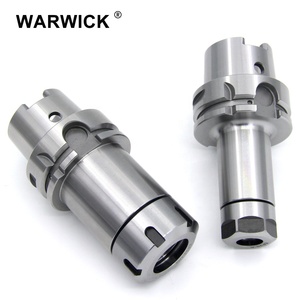
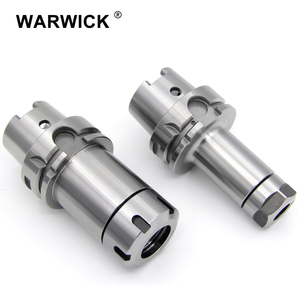


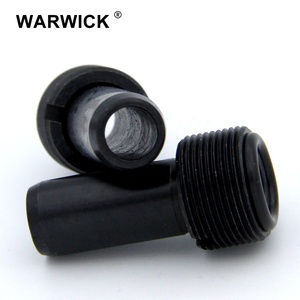
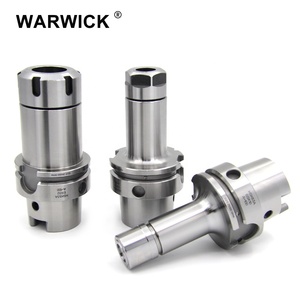
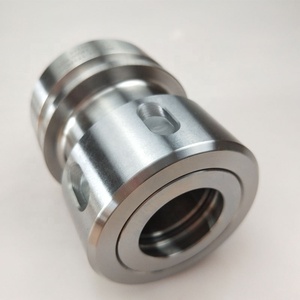


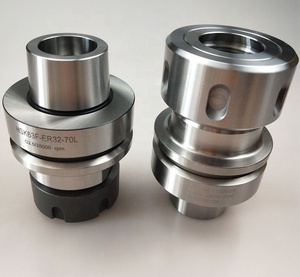




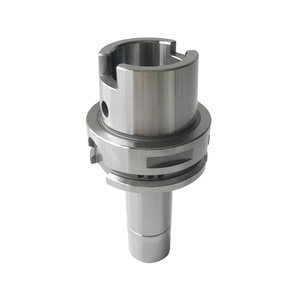
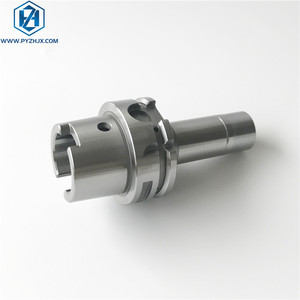









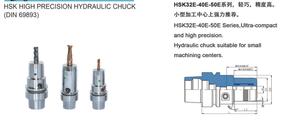




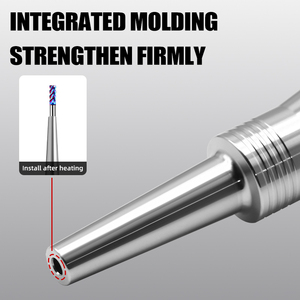

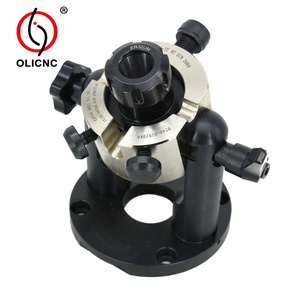
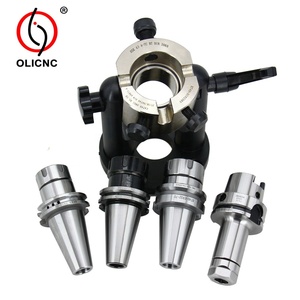



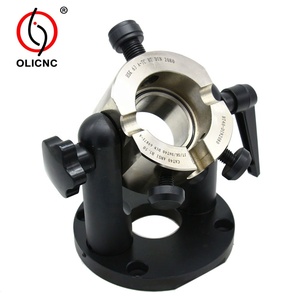



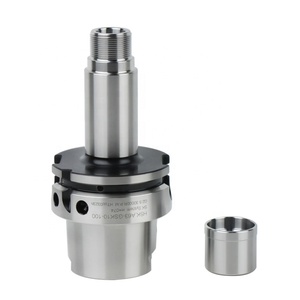


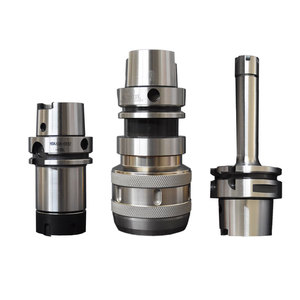

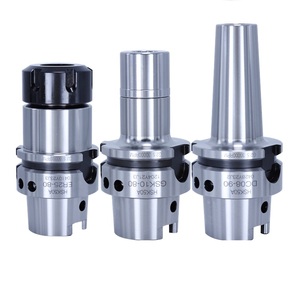

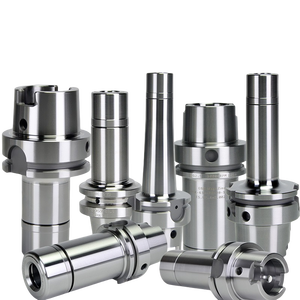





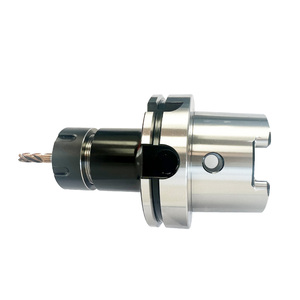



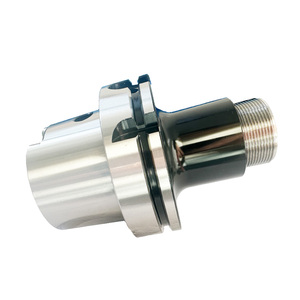









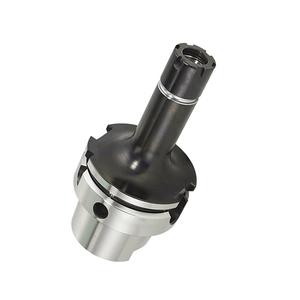

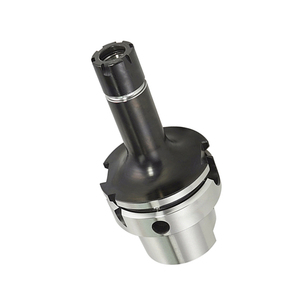
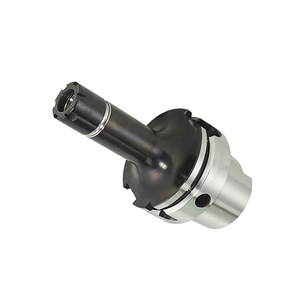

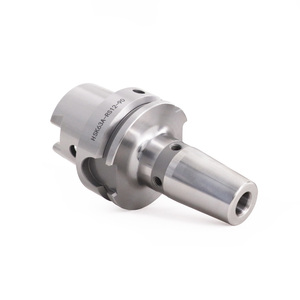
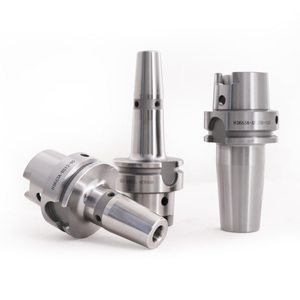
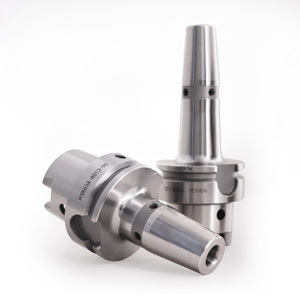















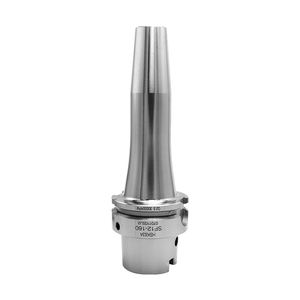

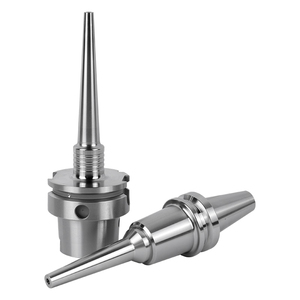

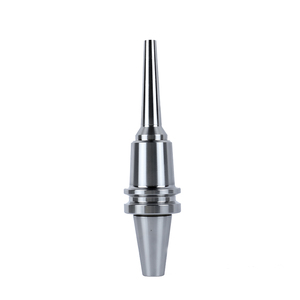









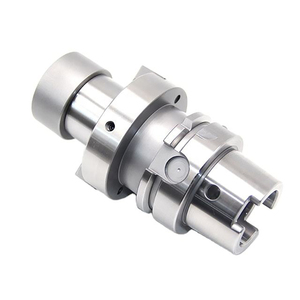









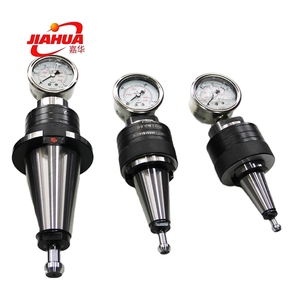



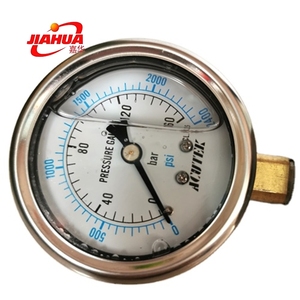

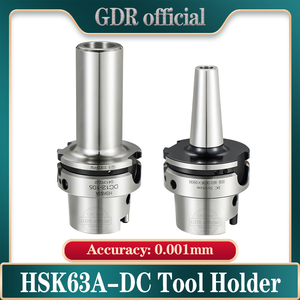






















An HSK tool holder is a part of a machine that holds a cutting tool, typically used for high-speed machining. The tool holder HSK is designed to quickly change tooling and improve accuracy and rigidity. It also provides a strong connection between the cutting tool and the machine.
The HSK system is made up of two components: the HSK tool holder and the HSK spindle. The HSK spindle has a taper and a flange and is located in the machine's spindle. The HSK tool holder has a mating taper that matches the spindle taper and securely holds the cutting tool in place.
There are two types of the HSK tool holder for CNC machines: collet and end mill.
The specifications of tool holder HSK should be considered first. The specifications of HSK tool holders vary depending on their types and sizes. The following table lists the specifications of some common types of HSK tool holders.
Like any other machine tool parts, HSK tool holders require proper maintenance to ensure optimal performance and longevity.
Regularly inspect the HSK tool holder for signs of wear, damage, or contamination. Clamping surfaces should be clean and free of debris. If there is any damage, it should be immediately replaced. The spindle taper should also be inspected and cleaned before installation of the tool holder.
Some manufacturers recommend utilizing an HSK tool holder rack for storage. This will help protect the tool holder from damage and prevent contamination. When changing tool holders, it is important to follow the recommended torque values for the clamping system. Over-tightening or under-tightening can result in poor tool holder performance or damage.
During use, monitor the tool holder HSK for any changes in performance, such as increased vibration or runout. These can be signs of a loose or damaged tool holder. Address any issues promptly to prevent further damage or spindle failure.
With proper care and maintenance, HSK tool holders can provide reliable performance and precision for a long time.
Holders for CNC tool holders, such as an HSK tool holder, are used in various industries that require automated machining processes. The following are some of the industries that utilize them and their corresponding applications.
In the automotive industry, tool holders are used in the production of automotive parts such as engine components, chassis, and bodywork. The tool holders are used to machine metal parts, cut sheets, mold, and make dies for various components.
In the aerospace industry, tool holders are used to machine metal components, such as engine parts, landing gear, and structural components. The tool holders are also used to produce precise parts from materials like aluminum, titanium, and composites.
Furniture manufacturing companies use tool holders to make precise cuts, shapes, and designs on wood, plastic, and other materials used to make furniture. The tool holder assists in cutting, milling, and engraving different types of materials to produce high-quality furniture products.
Tool holders are used to machine medical devices like implants, prosthetics, and surgical instruments. In this scenario, the tool holder is used to produce precise and intricate medical device components from materials like stainless steel and titanium.
In the electronics industry, tool holders are used for manufacturing various electronic components, such as circuit boards, enclosures, and connectors. The tool holder machines different materials to create precise designs that meet the required electronic standards.
The signage and advertisement industry uses tool holders to make signage products, promotional materials, and advertising displays. The tool holders are used to engrave, cut, and mill materials like acrylic, wood, and metal to produce custom signs, displays, and logos.
When choosing an HSK tool holder, it is important to choose the right specification for the machine's spindle. One should also consider the following:
Q1: What are the benefits of using HSK tool holders?
A1: HSK tool holders offer several distinct advantages. First, the HSK tool holder is designed to enhance accuracy and repeatability, which is excellent for precision machining. HSK holders also improve dampening, reducing vibration and providing a smoother surface finish. HSK tool holders have a feature of a short tool change time, thereby increasing productivity.
Q2: Are there any disadvantages of using an HSK tool holder?
A2: While HSK tool holders have many advantages, some disadvantages need to be considered. When compared to other tool holders, HSK tool holders are more expensive. If a machine is not designed for an HSK tool holder, retrofitting it can be costly. Finally, HSK tool holders have a more complex design than some other holders, which can make them more difficult to maintain and repair.
Q3: How to choose the right HSK tool holder?
A3: There are several factors to consider when choosing the right HSK tool holder. First, consider the HSK type required by the machine. Then, assess the required tool shank size and the machine's spindle interface. Additionally, evaluate the specific machining application, such as the material being machined and the required tool features. Finally, consider the quality and precision of the HSK tool holder from different manufacturers.
Q4: What is the difference between HSK and BT tool holders?
A4: HSK and BT are two common types of tool holders used in CNC machining. The HSK tool holder has several advantages over the BT tool holder. First, the HSK tool holder usually has better runout accuracy, meaning that the tool is more likely to rotate around the spindle's center. Second, compared with the BT tool holder, the HSK tool holder has better rigidity, which reduces the risk of vibration during machining.